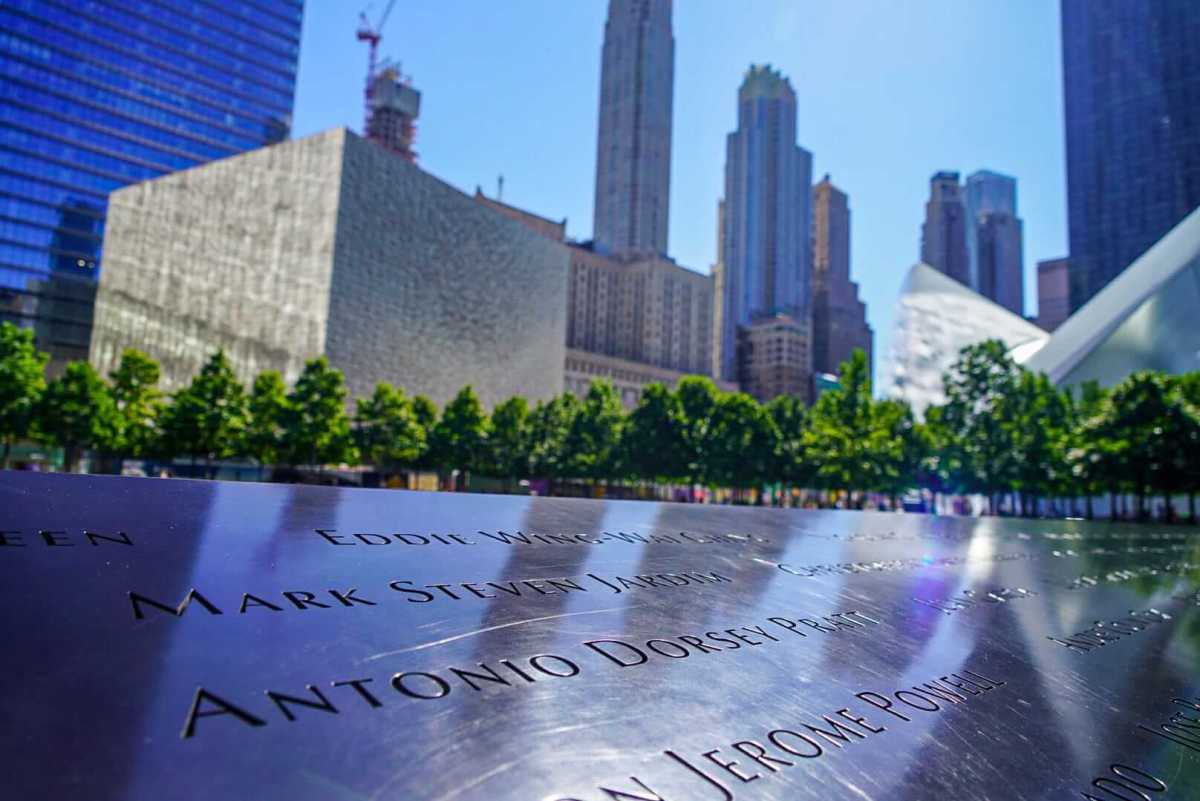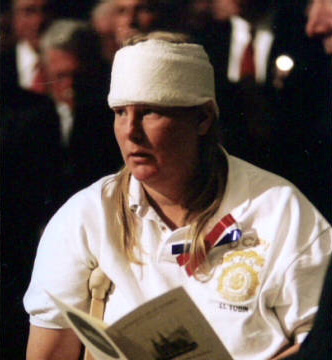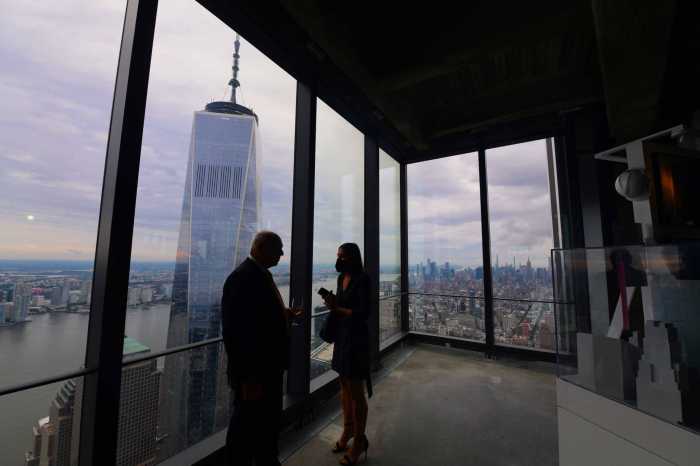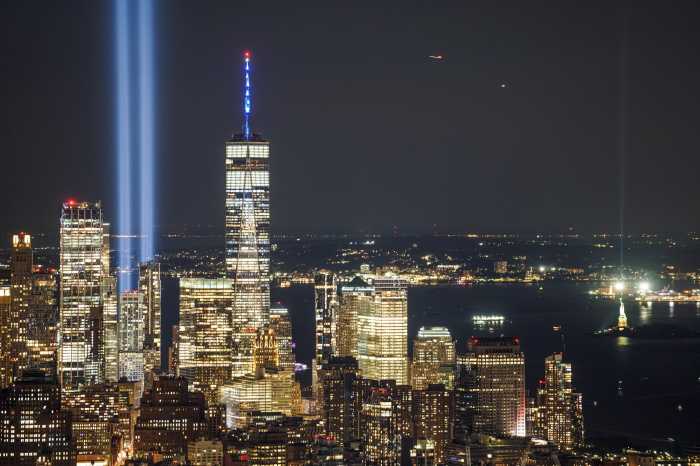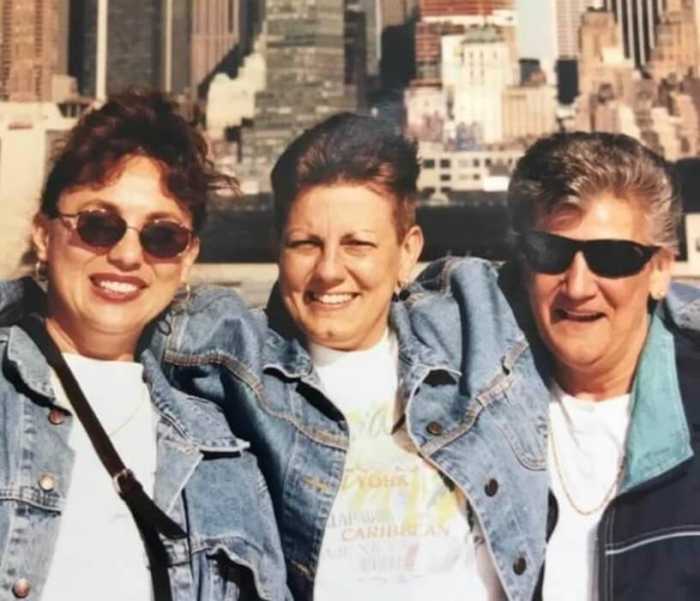In the aftermath of the 9/11 attacks, tens of thousands of first responders and rescue workers descended on Ground Zero to remove the 1.2 million tons of debris smoldering at the former site of the World Trade Center.
Hundreds of thousands of downtown workers, residents, students and teachers were also urged to return to their pre-9/11 lives. They did so while being assured that the air was safe to breathe.
It wasn’t, and the consequences of the government’s failure to adequately protect responders have been catastrophic. More people have died of 9/11-related illnesses than from the attacks themselves. The government then did the right thing in 2011 when it passed the Zadroga Health and Compensation Act, creating both the World Trade Center Health Program (WTCHP) and the 9/11 Victim Compensation Fund (VCF).
Frustrating to so many advocates is how few non-first responders have enrolled.
Dozens of respiratory illnesses and 68 cancers have been linked to the toxic fumes that raged at Ground Zero between September 11, 2001 and May 2022.
Anyone who was regularly in the area during this time is eligible to enroll in the program to receive free health care for life and awards from the VCF.
The good news is that 80 percent of uniformed first responders who worked at the site have enrolled in the health program – amounting to nearly 85,000 people. The bad news is that only around 34,000 non-first responders like downtown officer workers, residents and construction workers, representing about 10 percent of the eligible civilian population, are part of the program.
That’s a terrifyingly low number in light of just how dangerous the open-air “burn pit” at Ground Zero turned out to be. Some of the cancers linked to the site have an average 20-year latency period, meaning thousands of people are likely to visit their doctor this year and receive the worst news of their lives.
It is our moral and civic duty to inform the public of their rights through the WTCHP, and we can start by enlisting employers and civic associations south of Canal Street in our mission.
We support Assemblyman Nader Sayegh (D-Yonkers), who has introduced bill A9715A, the 9/11 Notice Act, which would require all businesses that employed more than 50 people to notify their eligible employees and retirees of 21 years ago of their rights to health care and compensation.
Many people believe that the WTCHP is only open to emergency responders, just as some employers believe they may somehow be liable for damages if their current or former employees become sick or enroll. Neither is true.
In addition to the 300,000 downtown office workers, retail workers, streetcart vendors, students and teachers are eligible.
We are asking for a public hearing to explain why it is critical that all companies that maintained offices and a workforce in Lower Manhattan after 9/11, work with the state to spread the word about the benefits of both programs. Such awareness could provide financial security and health care for those who can scarcely afford the costs of treating cancer. Over 21 years later, it’s long overdue.
Louis J. Coletti is President and CEO of the Building Trades Employers Association (BTEA) of New York City, representing 26 Construction Contractor Associations, with over 1,200 Construction Manager, General and Specialty Trade Subcontractor Companies.
Michael Barasch is a managing partner at Barasch McGarry and legal advocate for the 9/11 community.



